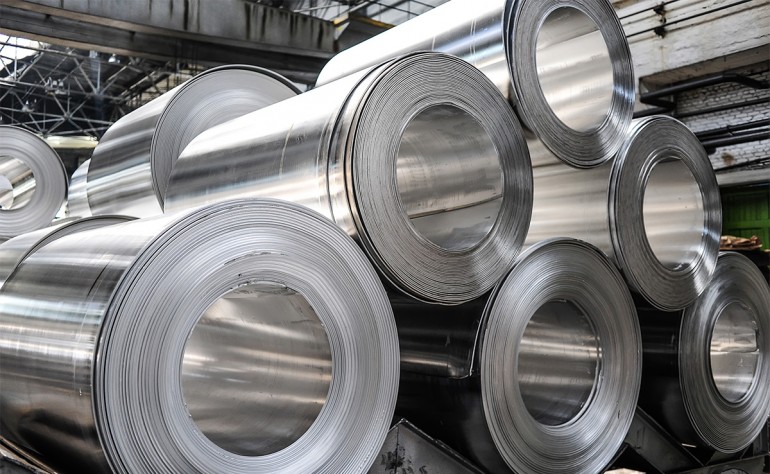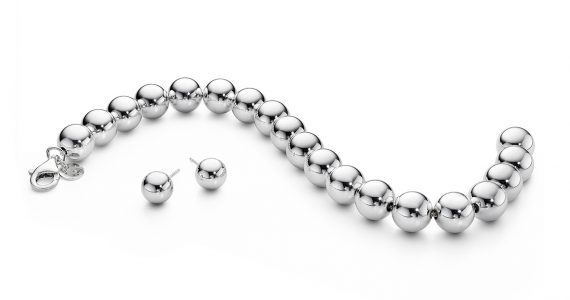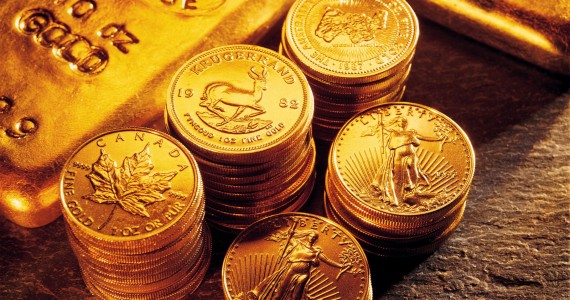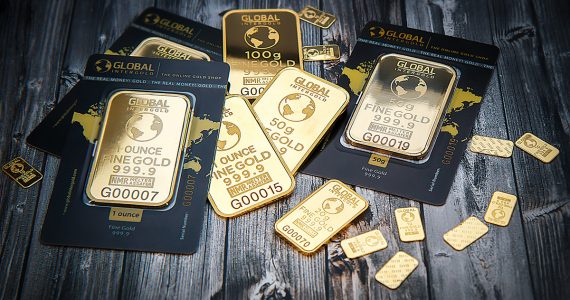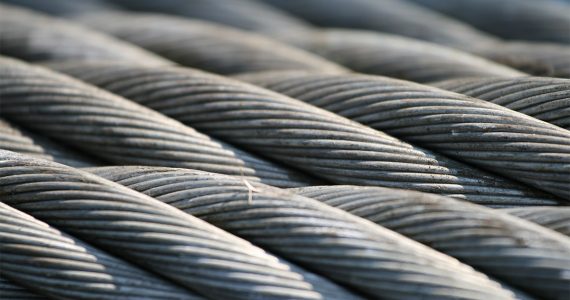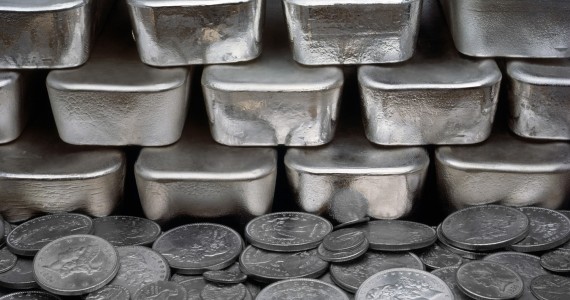No other metals known to man has as many uses as aluminum, and it’s a statement that even an ordinary consumer will agree with! Such is its wide range of uses that it’s used in diverse industries from transportation, construction and manufacturing to accessories, home décor and kitchen tools.
We daresay that if the world’s aluminum supplies were to run out, significant adjustments would have to be made in the industries that use it. The good news: The world still has ample supplies of the silvery-white metal so there’s no need to worry, not to mention that aluminum is a recyclable metal. This is also one of the reasons why aluminum investments are popular – the metal has a fairly respectable return on investment ratio.
Going back to the diverse uses of aluminum, here are a few that we can think of.
Packaging Applications
The most common way in which consumers come into contact, so to speak, with aluminum is in the packaging of food and drugs, dietary supplements and medicines, and other products. The metal is used in a wide variety of containers including cans, bottles, and trays as well as in foils; the metal is usually combined with other substances. Even many home utensils and appliances are made up of aluminum in one form or another – thermoses, toasters, refrigerators and chillers, and saucepans.
The popular fast casual food chain, Chipotle, is known for utilizing aluminum covers for their food bowls.
Why aluminum in packaging? It’s a non-toxic metal that repels water, resists corrosion, and reduces food spoilage by protecting the food from harmful elements. It also doesn’t affect the taste or smell of the food, thus, its use in kitchen materials from aluminum foil to saucepans.
Trivia: Approximately one-fifth of the world’s total aluminum production is used in the packaging industry.
Construction Industry
Aluminum is a strong metal that can withstand heavy loads and stress. Indeed, when it’s combined (i.e., alloyed) with the right metals in the right way, it can be as strong as steel! The misconception that it’s a relatively weak metal may stem from its widespread – and common – use as aluminum foil and the like.
Look around in a metropolitan city, even in a small town, and you will see plenty of structures where aluminum was used in one form or another. Buildings like markets, stadiums and sports complexes as well as homes, churches and offices make use of aluminum in their roofs, walls and ceilings. Bridges also have aluminum components in their steel frames.
With its malleable property and silvery appearance, aluminum is also used on grills, door knobs, frames, stairways, railings, and curtain bars, as well as indoor and outdoor furniture, interior panels, and doors, to name a few. Since it can be cut, welded, and joined easily with other materials, name a surface or object in your home and it may just contain aluminum, either as the main material or as a secondary ingredient.
Transportation Uses
Name a mode of transportation and it likely has aluminum in it, from aircraft carriers, yachts and ships to trains, buses and sedans, due to the metal’s combo of light weight and great strength. Aluminum is also versatile in that it can be used for interior and exterior parts, from electrical systems to the frames, as is the case for airplanes.
The metal is just as widely used in automobiles due to their good thermal properties. Among the uses for it are wheels, suspension components, transmission housings, engine blocks, and wheel spacer bars, as well as handles, carburetor housings, mirrors, brackets, air filler adapters, fan clutch, and impellers. Suffice it to say that aluminum is so prevalent in cars that without it, you probably will not be driving your car as it is today. Some cars such as Tesla Model S and Ford F-150 have majority of their bodies made in aluminum.
Electricity Applications
Aluminum has a high ductility and low density that makes it excellent for the transmission and distribution of high voltage electricity over long distances. Indeed, power lines and electrical equipment use about 10% of it, thanks also to its affordable cost.
Copper is still used in many power lines but aluminum is replacing it. The former requires more financial outlay and more support structures due to its high electrical conductivity while the latter doesn’t have such requirements, not to mention that it’s corrosion-resistant and durable.
Other uses for aluminum in the electricity industry include mountings, fuse boxes, casings, televisions, sound systems, and satellite dishes, among other telecommunications, electronic equipment, and appliances. There’s also aluminum in spots equipment, golf clubs and tennis rackets; compact discs due to its super-pure property; and in artificial gemstones.
The bottom line: Aluminum as an investment is a great one, if you’re looking for a stable metal, so to speak. While it isn’t as aesthetically appealing as gold, silver and platinum, its return on investment is just as attractive. In the end, it’s the ROI that matters in metal investments, not to aesthetics per se.

